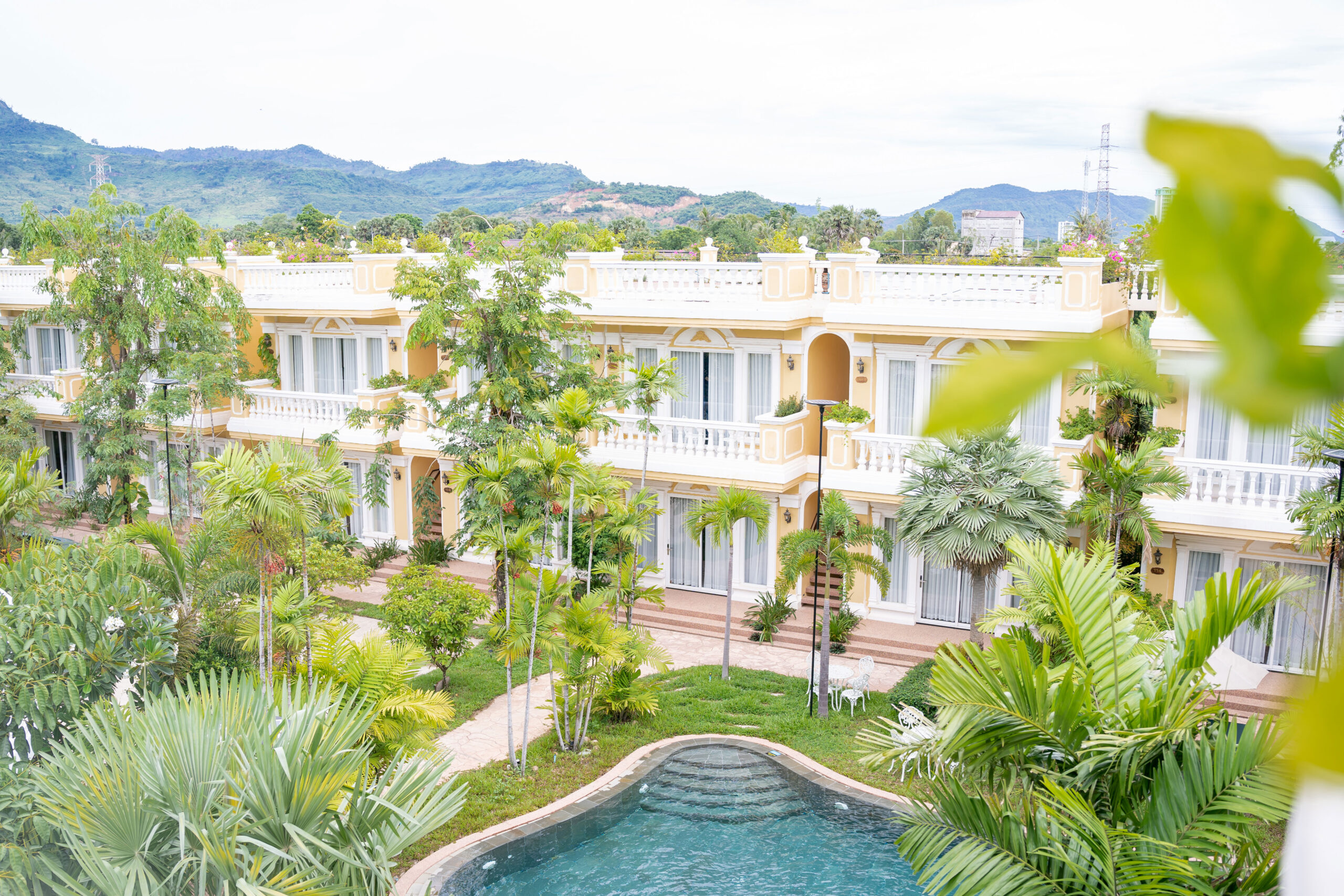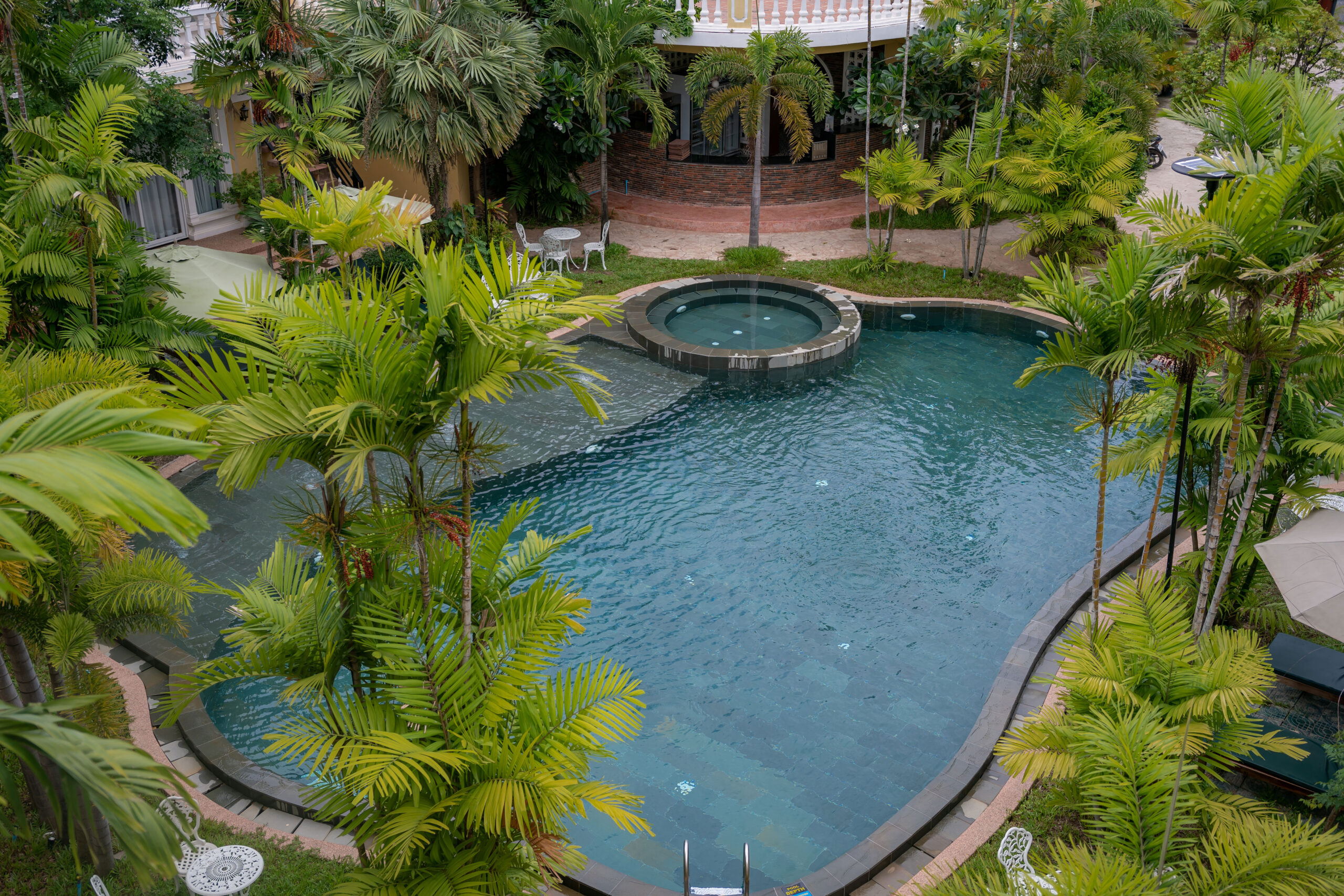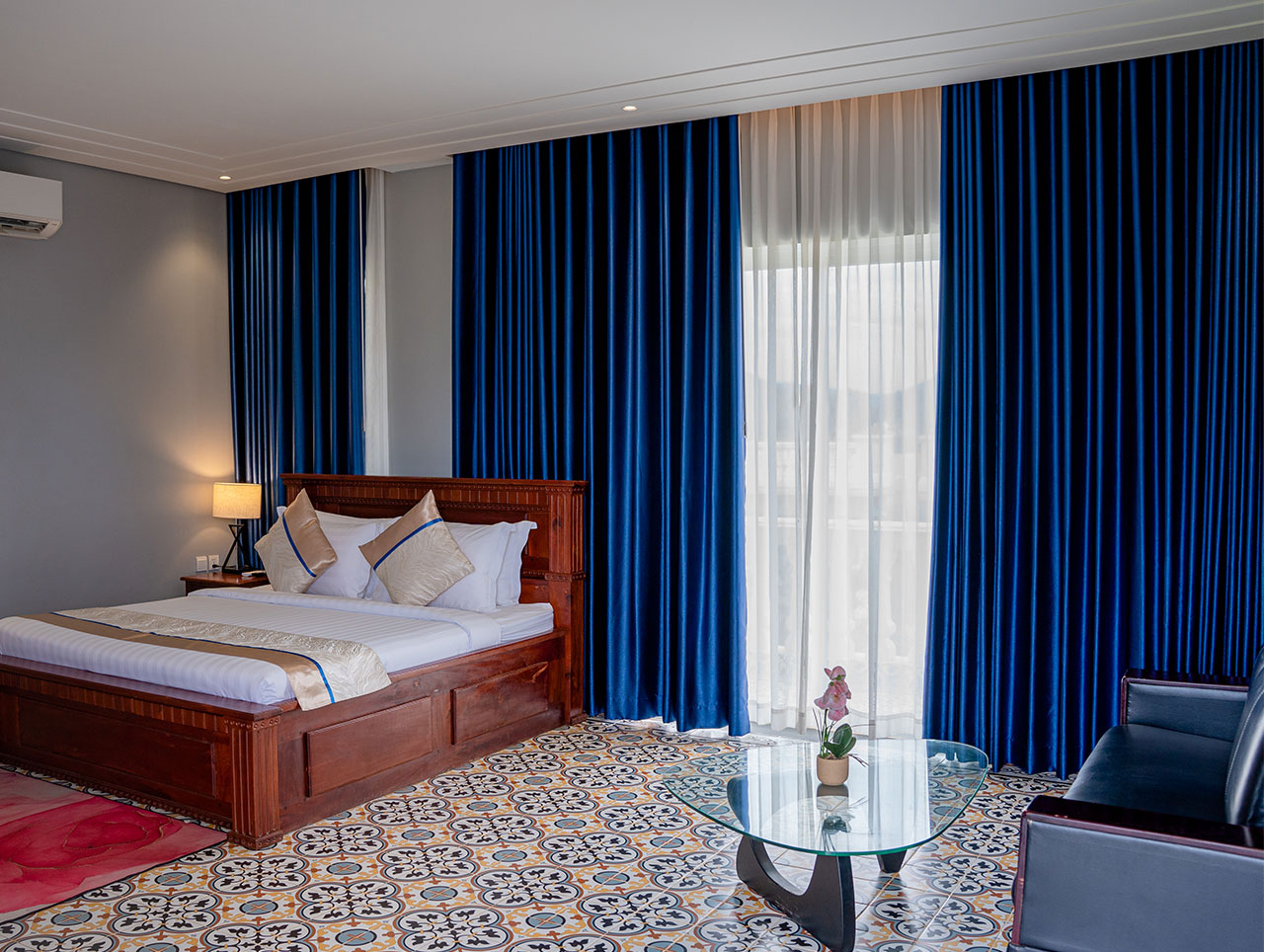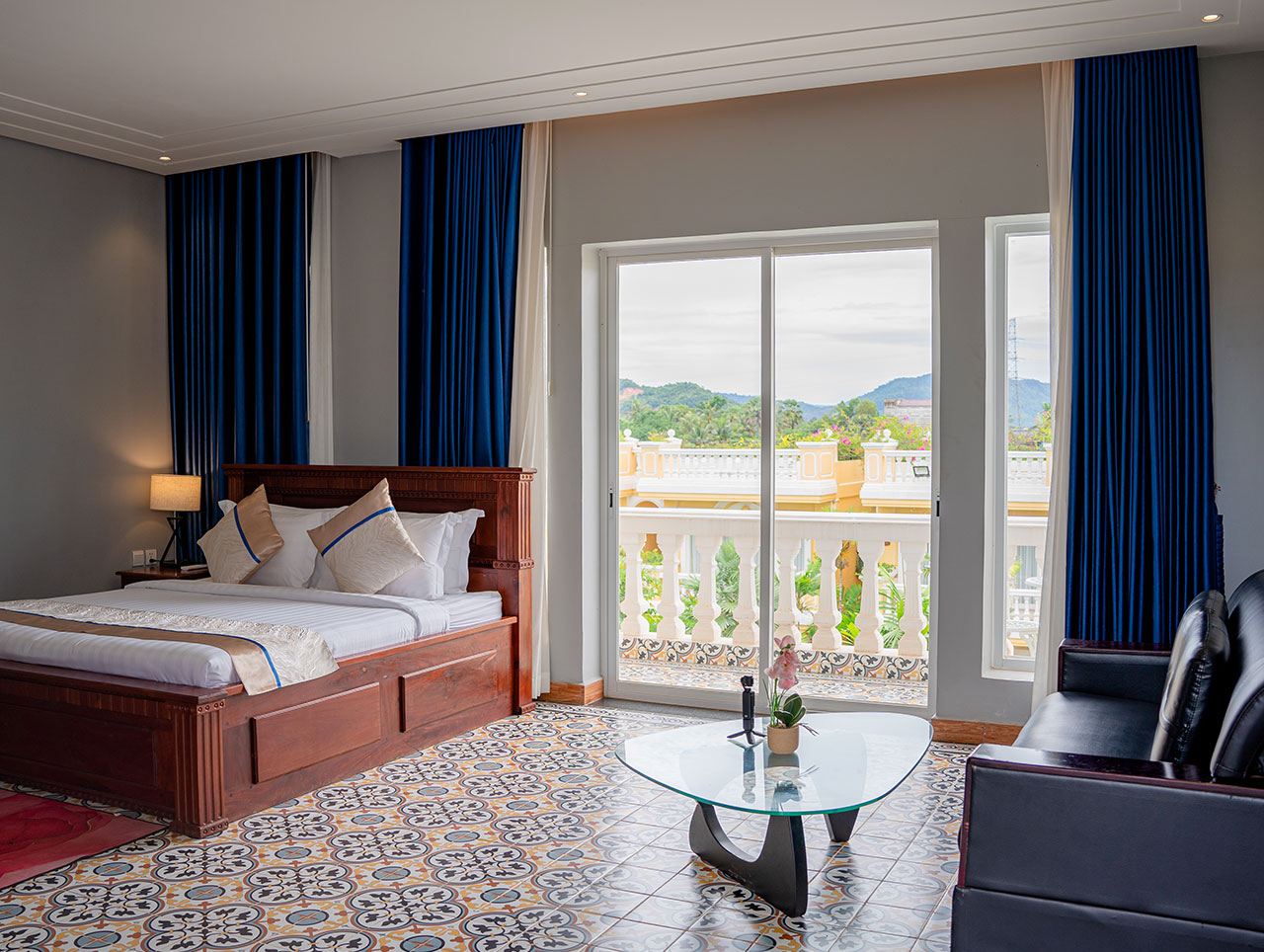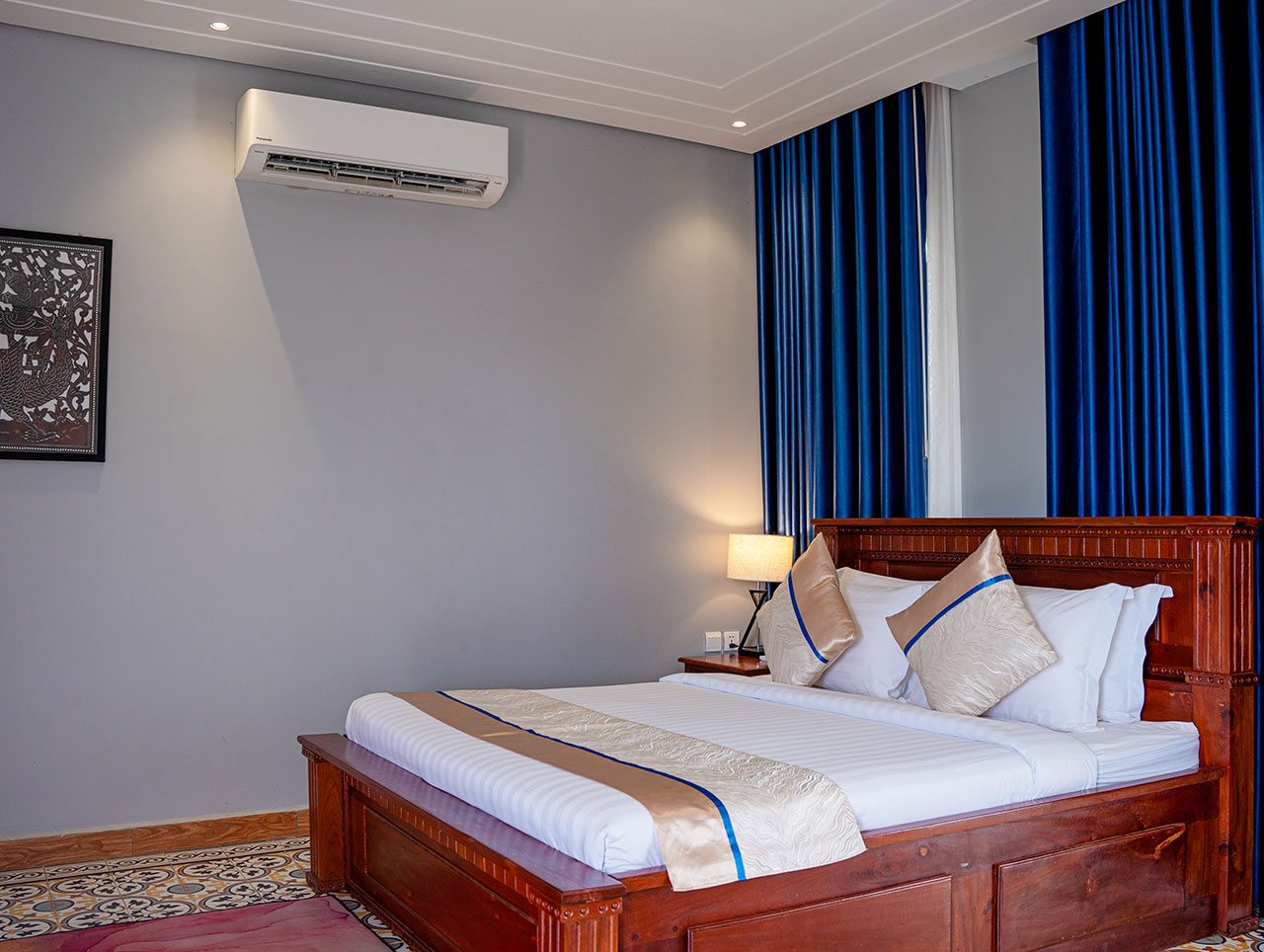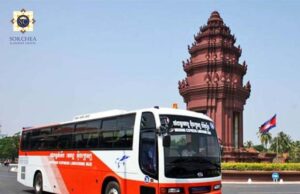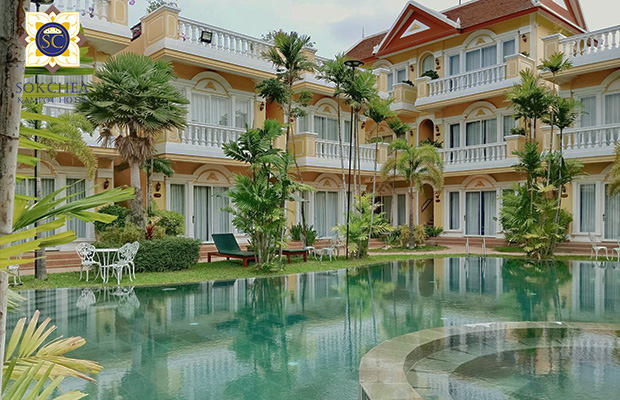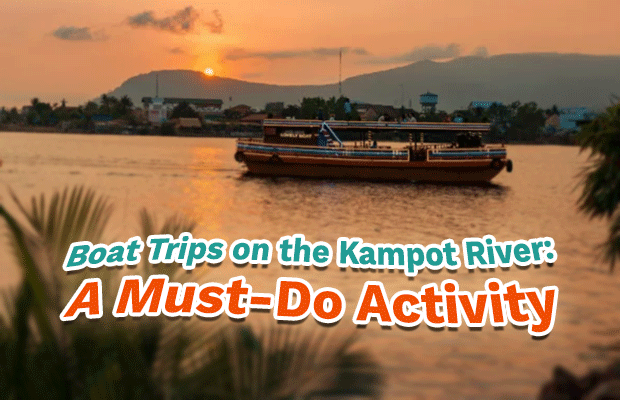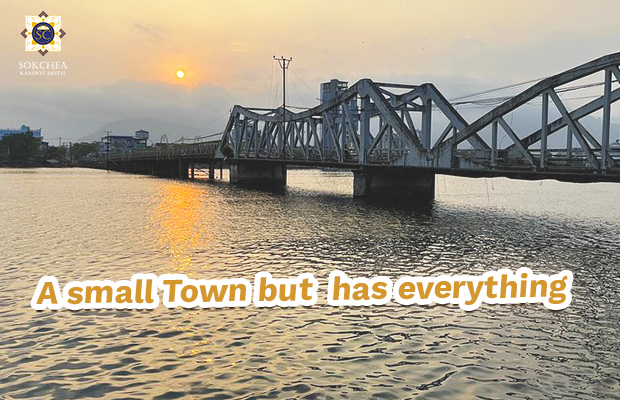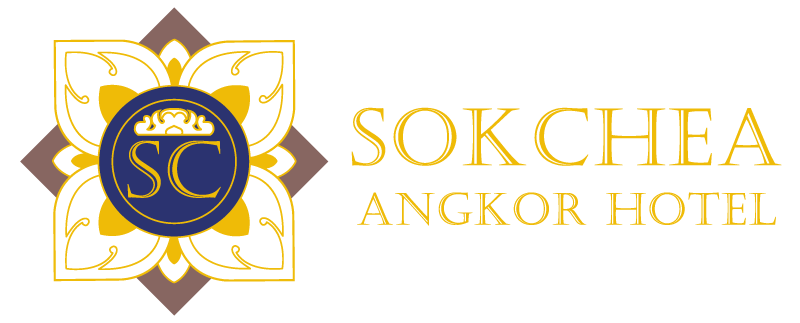The Kampot International Tourism Port is expected to play a key role in boosting Kampot’s tourism sector by improving accessibility, attracting more visitors, and enhancing regional connectivity.
Kampot has long been known for its tranquil riverside setting, stunning natural landscapes, and historical attractions, including Bokor Mountain, salt fields, pepper farms, and the colonial-era architecture found in the town. The Kampot International Tourism Port will help promote these attractions to a wider audience by making them more accessible to tourists from Vietnam, Thailand, and beyond.
In addition to attracting new visitors, the port will also encourage longer stays. With easier access to Kampot’s attractions, tourists will be more likely to extend their trips, exploring not only the town itself but also nearby destinations like Kep, Rabbit Island, and the Preah Monivong Bokor National Park. This will result in increased spending on accommodations, food, and activities, contributing to the overall economic growth of the province.
If you’re planning a trip to Cambodia’s beautiful southern coast, the Kampot International Tourism Port is a new and exciting addition that makes traveling to Kampot easier than ever. This modern port connects Kampot with Vietnam (Phu Quoc) and Thailand (Trat), offering a convenient and scenic way to arrive at one of Cambodia’s most charming destinations.
Why Visit Kampot?
Kampot is famous for its relaxed riverside atmosphere, stunning natural landscapes, and rich history. Whether you’re looking to explore Bokor Mountain, visit the famous Kampot pepper farms, cruise along the river at sunset, or enjoy fresh seafood in nearby Kep, Kampot has something for every traveler. With its colonial-era architecture, local markets, and peaceful vibe, it’s the perfect place for a getaway.
How the Port Enhances Your Travel Experience
- Seamless Connectivity: Now, you can travel by ferry between Vietnam, Thailand, and Kampot without long road trips.
- Faster & More Convenient: No need to go through Phnom Penh or Sihanoukville – arrive directly by sea!
- Perfect for Island Hopping: Easy access to Phu Quoc Island (Vietnam) and the Thai coast, making it part of a larger Southeast Asia adventure.
- More Travel Choices: The port will serve cruise ships, speedboats, and ferries, giving travelers flexible options.
What to Expect Upon Arrival
The Kampot International Tourism Port is designed for comfort and efficiency, ensuring a smooth arrival experience. From the port, you’ll find:
- Quick transfers to Kampot town (just 15 minutes away)
- Tuk-tuks and taxis readily available
- Nearby accommodations ranging from budget stays to luxury resorts
- Easy access to tours for exploring Kampot’s best attractions
Plan Your Kampot Adventure
Whether you’re looking for relaxation, adventure, or cultural experiences, the Kampot International Tourism Port makes it easier than ever to explore this hidden gem of Cambodia.
Where to Stay in Kampot? – Sokchea Kampot Hotel
If you’re looking for a peaceful and comfortable stay in Kampot, Sokchea Kampot Hotel is the perfect choice. Whether you’re visiting for a honeymoon, a relaxing getaway, or a family vacation, this charming hotel offers a blend of modern comfort and local charm.
Why Stay at Sokchea Kampot Hotel?
✔ Prime Location – Conveniently located near Kampot town, making it easy to explore attractions like the Kampot River, Bokor Mountain, and Salt Fields.
✔ Comfortable Accommodations – Choose from Single, Deluxe, or Family Rooms, all designed with relaxation in mind.
✔ Tranquil Atmosphere – A peaceful retreat with a welcoming ambiance, perfect for unwinding after a day of adventure.
✔ Friendly Service – Experience Cambodian hospitality with attentive staff ready to make your stay memorable.
Perfect for All Travelers
🏡 Couples & Honeymooners – Enjoy a romantic escape with cozy accommodations.
👨👩👧 Families – Spacious rooms ensure a comfortable stay for families.
🌍 Solo Travelers & Explorers – A great base to discover Kampot’s culture and nature.
📍 Book your stay at Sokchea Kampot Hotel and experience the best of Kampot in comfort and style! Start your journey here and experience the beauty of Kampot like never before!



